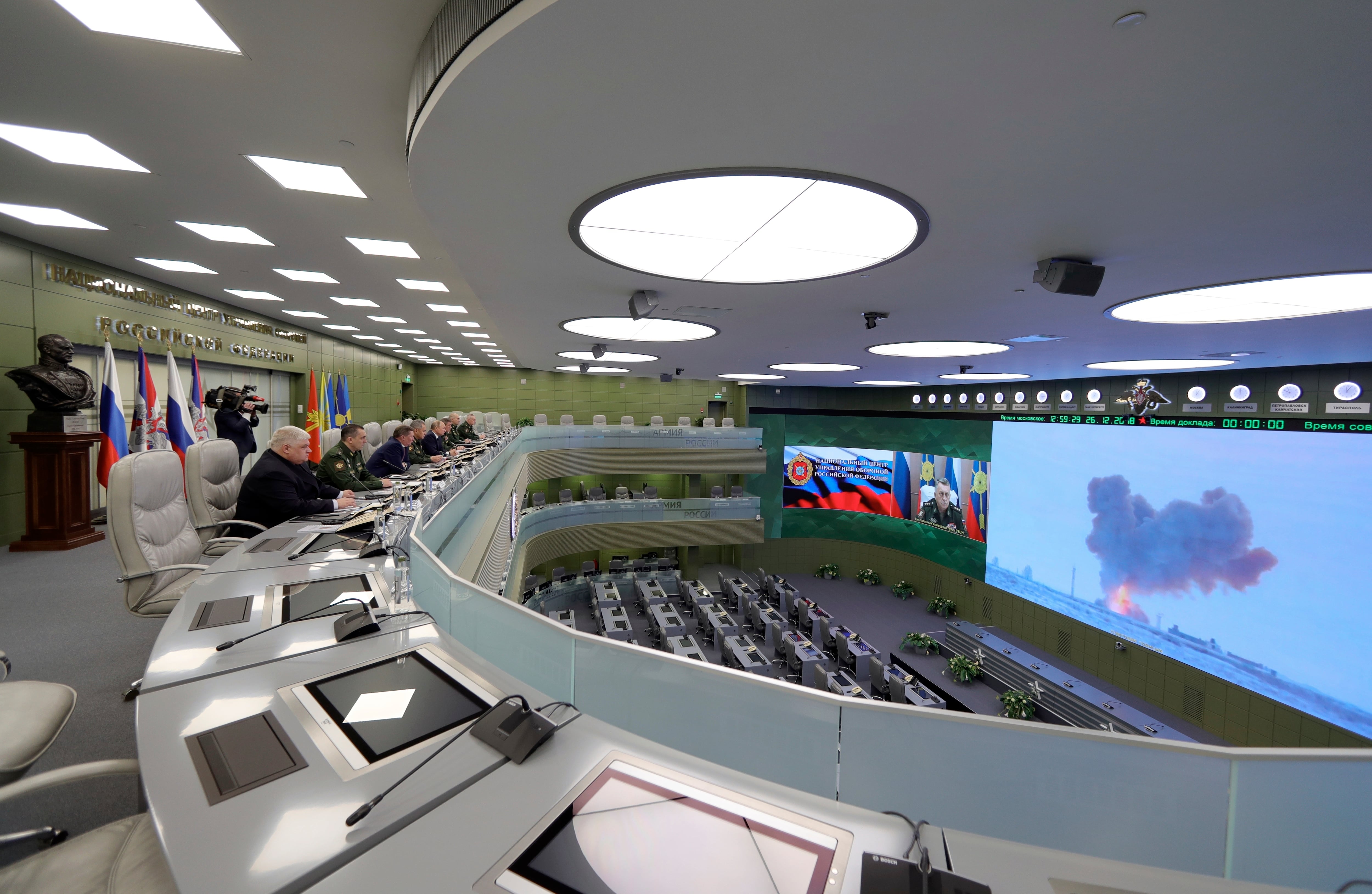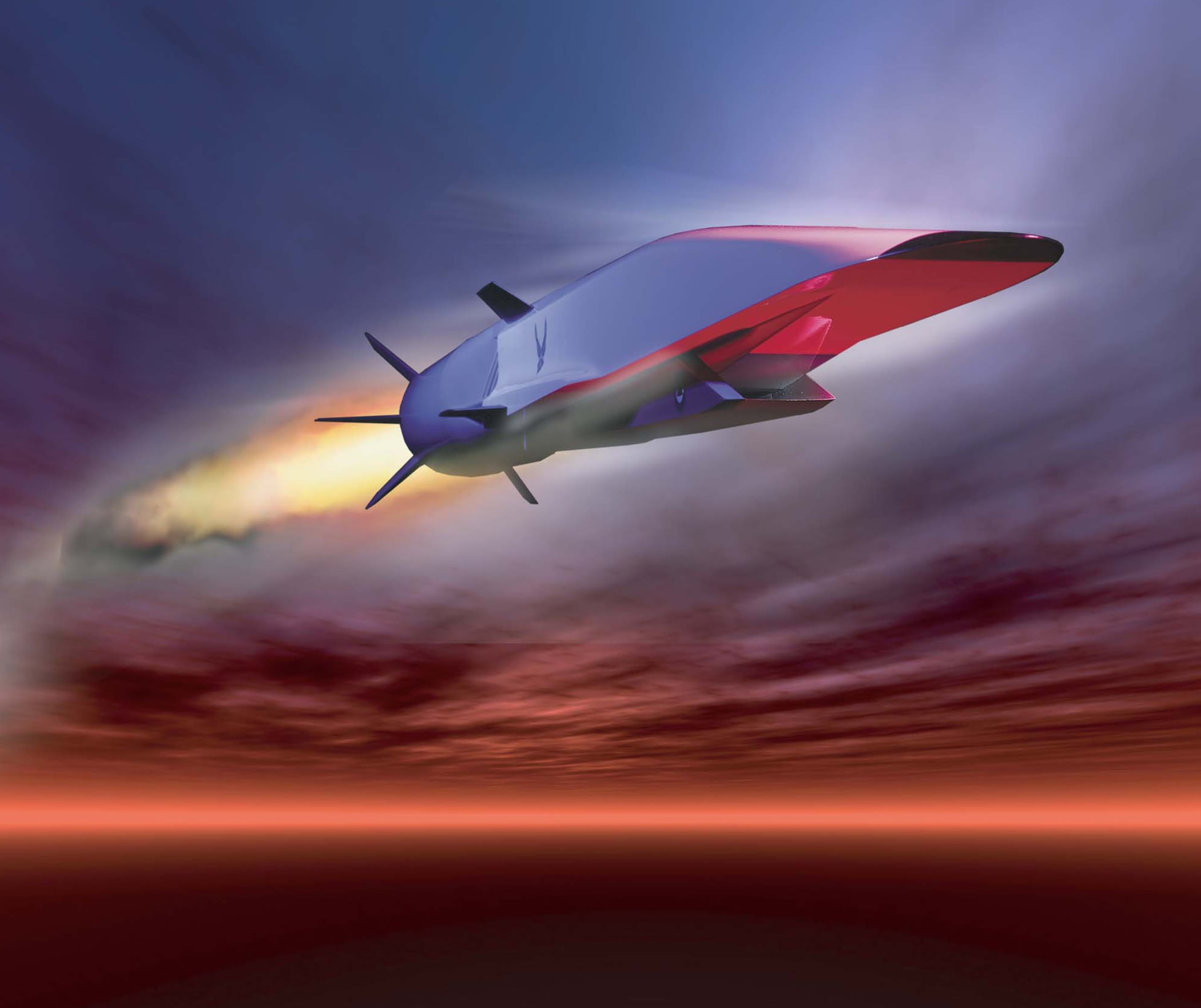WASHINGTON — With the Pentagon making hypersonic weapons a priority, Northrop Grumman is throwing its hat into the ring in an attempt to claim space in the still-early hypersonic defense market.
The company last week launched a new campaign website focused on hypersonic defense as part of a broader push into the business area, where the Pentagon expects to spend more than $10 billion in the next five years to develop offensive and defensive capabilities.
Hypersonic defense is significantly behind hypersonic offense, something Kenn Todorov, vice president of missile defense solutions and the lead for Northrop’s counter-hypersonic efforts, acknowledged in a March 19 interview. That means there is a lot of room for experimentation in how to tackle the issue.
RELATED

“What we’re hearing from our customer is: ‘We want to reach out and touch this thing as far forward into the battlespace, giving the war fighter as much battlespace as possible,’ ” he said. “This threat spends most of its time in the glide phase, and I think that’s where we want to reach out and touch it, both kinetically or with” non-kinetic means.
Northrop has benefited by eschewing subtlety for direct advertisements. In 2014, when the Air Force asked competitors on the Long Range Strike Bomber program to keep a low profile, Northrop instead launched a TV, radio and print advertising blitz. Despite angering some in the service with that move, the company eventually won the contract for what has since become the B-21 bomber.
How aggressive the company intends to be with this campaign remains to be seen, but the fact that Northrop launched the site around the same time as the fiscal 2020 budget release, and then reached out to reporters, indicates the company hopes to establish itself in the hypersonic defense market ahead of potential competitors.
As to the strategy, Todorov and Joanna Cangianelli, the company’s direct of business development for missile defense solutions and counter-hypersonics, laid out a four-tiered layer for the company’s approach:
- A sensor layer based in space.
- Kinetic interceptors, which will be built off existing capabilities within the company and work for both the terminal and glide phases.
- Non-kinetic capabilities, primarily cyber, electronic warfare and directed energy.
- The command-and-control systems to make it all work.
RELATED

Development-wise, expect a focus first on the space-based sensor layer, per the Pentagon’s focus. The other systems will follow, building off existing technologies on which the company has already been developing, said Cangianelli.
The two executives declined to go into technical or strategic details for competitive reasons, including whether the non-kinetic capabilities could be part of a “left of launch” defense — that is, a capability to take out a hypersonic weapon before it can get into the air.
But at various points they acknowledged that Northrop’s addition of Orbital ATK has added “extensive” capabilities relevant to hypersonic defense, that the firm has seen “breakthroughs” in the non-kinetic options, and that they see close allies as “potential partners” for the hypersonic defense mission, either as contributors to developing technology or as participants in the broader defense network.
In addition, Todorov insisted several times that the idea of taking an existing interceptor and modifying it simply won’t work, given the physics of hypersonic weapons.
“As a company, we’re investing a lot of our own resources to give us a leg up and to do some things so we’ll be ready, forward-looking as opposed to reactionary,” he said. “We clearly are anticipating that those numbers will come, and we want to be ready for them and be out front when we do so we’ll be well-positioned.”
Aaron Mehta was deputy editor and senior Pentagon correspondent for Defense News, covering policy, strategy and acquisition at the highest levels of the Defense Department and its international partners.




